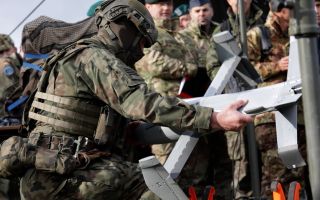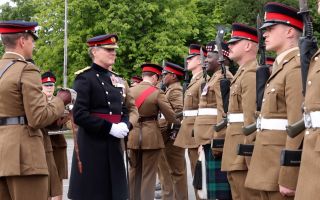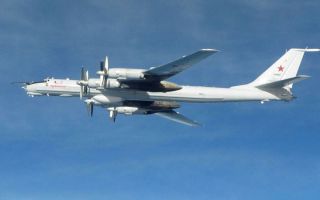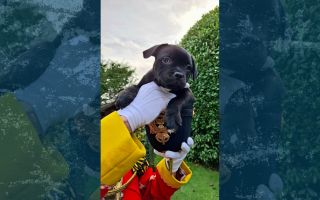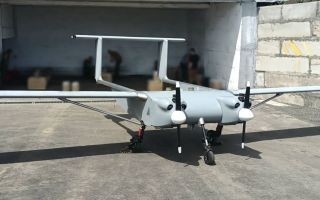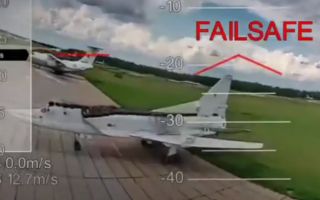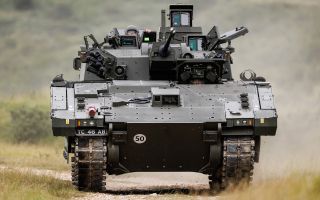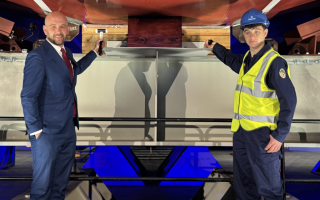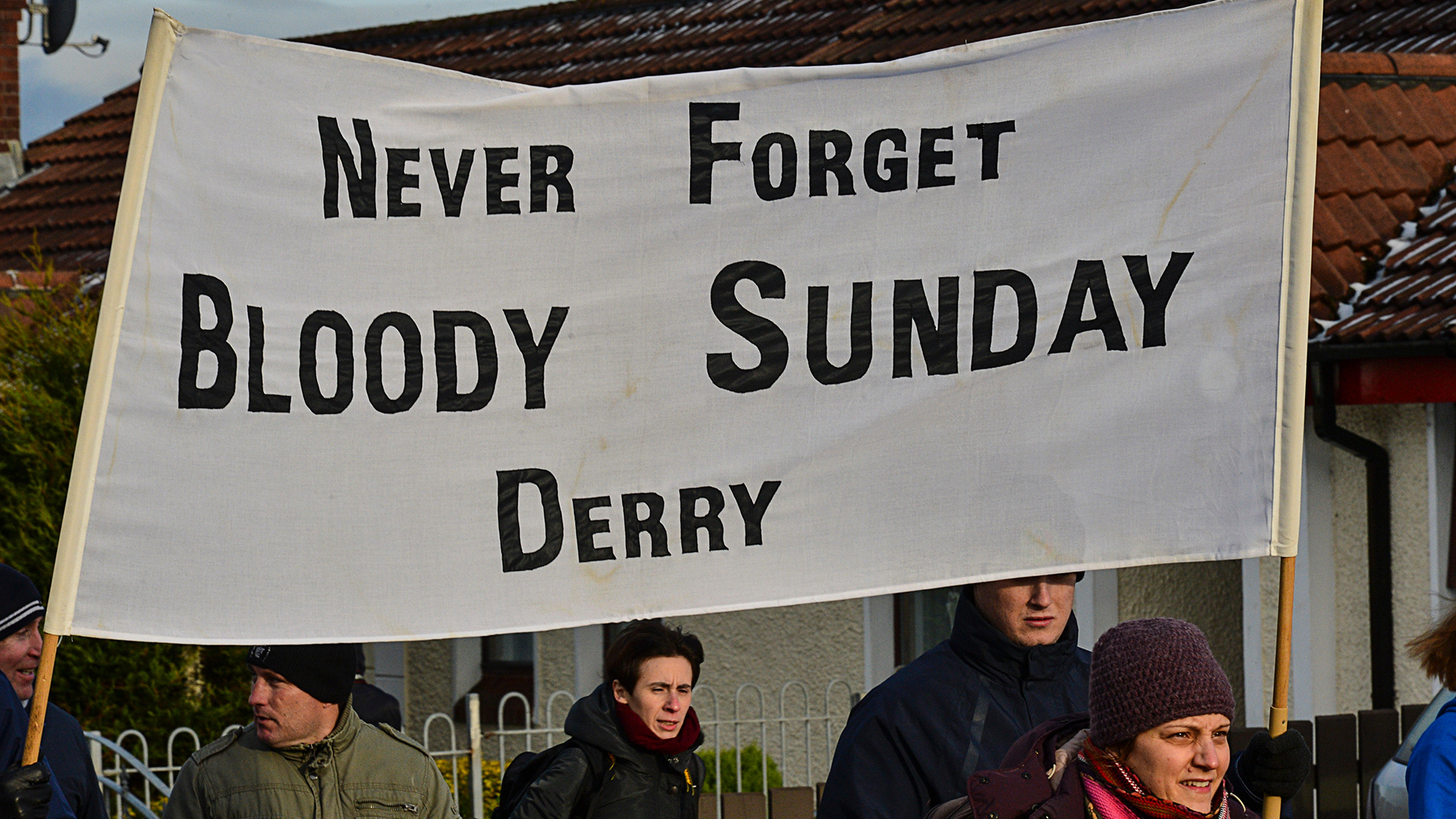
Bloody Sunday: The timeline of the longest inquiry in British legal history

Soldier F, whose anonymity is protected by a court order, is a former British soldier who served with the Army's Parachute Regiment in Northern Ireland during the Troubles.
In Londonderry on 30 January 1972, members of the Parachute Regiment shot dead 13 civil rights protesters in what would be known as Bloody Sunday.
Soldier F stands accused of murdering James Wray and William McKinney, as well as five counts of attempted murder. BFBS Forces News explores the events of Bloody Sunday and the legal process that followed.
30 January 1972
Around 15,000 people gather in the Creggan area of Derry to take part in a civil rights march in protest of the British policy of internment, allowing indefinite imprisonment without trial.
British authorities had ordered the non-violent march to be banned and sent troops to confront the protestors as it went ahead.
While their intended destination was the Guildhall building in the city centre, Army barricades blocked their advance, and they were directed towards Free Derry Corner in the Bogside.
As tensions escalated between groups of youths and the Army,1st Battalion, The Parachute Regiment (1 Para) was ordered to move forward and make arrests after skirmishes broke out with young men who had detached from the main protest.
Stones were thrown at the soldiers from 1 Para, who retaliated with rubber bullets, tear gas and water cannons before soldiers made their way down William Street – known historically as a focal point of conflict during the troubles.
A short time later, just after 4 pm, soldiers began opening fire.
According to Army evidence, 21 soldiers fired 108 live rounds throughout the course of the day. Thirteen people were killed, and a further 15 were injured.
This day would be known as Bloody Sunday.
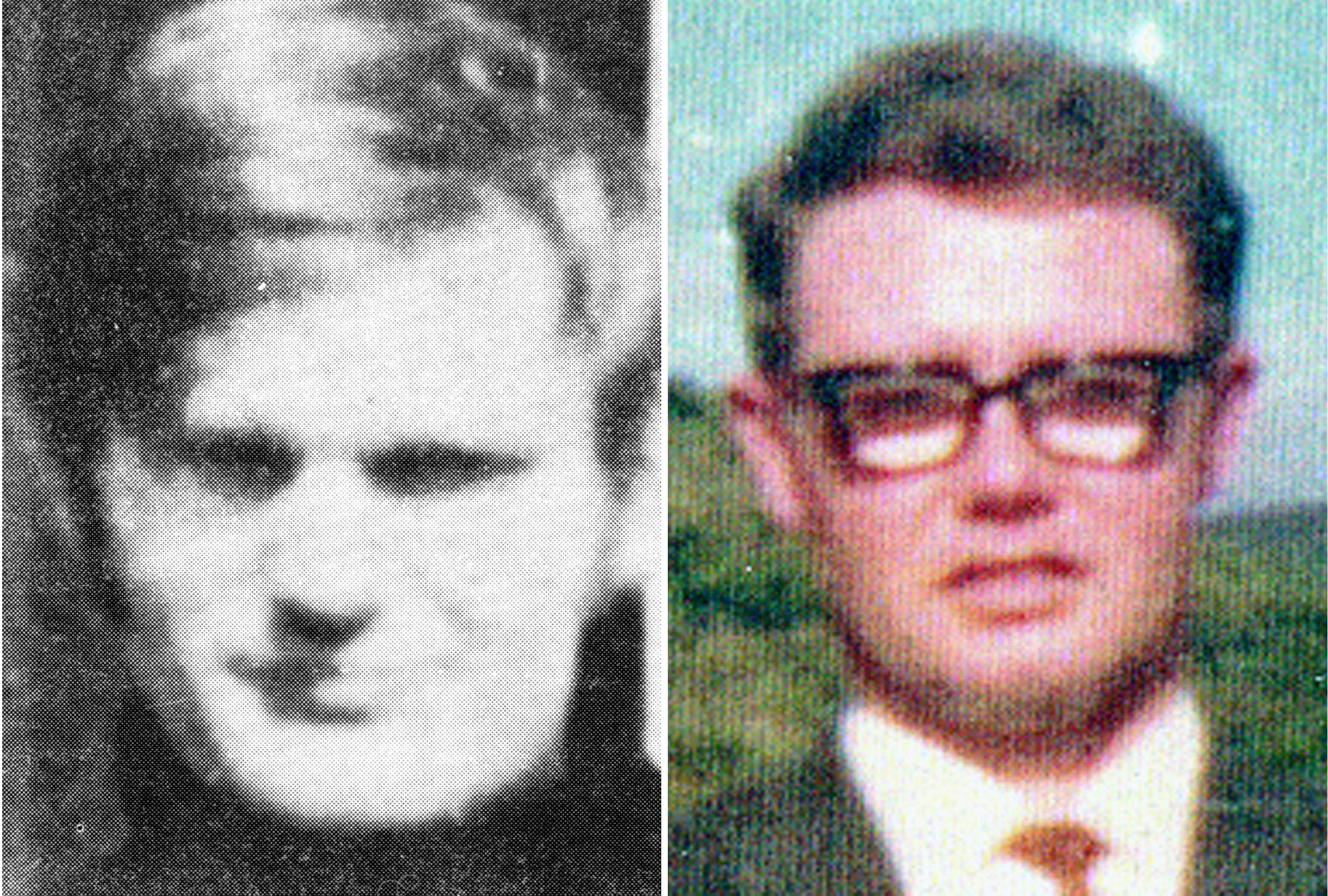
31 January 1972
The day after Bloody Sunday, Home Secretary Reginald Maudling announces there would be a public inquiry and appointed the Lord Chief Justice, Lord Widgery, to lead it.
18 April 1972
The tribunal sits for just three weeks. In his report, Lord Widgery concludes that the soldiers had been fired on first, and "there would have been no deaths in Londonderry… if those who organised the illegal march had not thereby created a highly dangerous situation".
He added there was "no reason to suppose" that the soldiers would have opened fire otherwise.
However, inconsistencies emerged in his report.
The investigation found no conclusive proof that the dead or wounded were shot while handling a firearm. However, Lord Widgery concluded the soldiers had been fired on first. He also admitted the soldiers' firing "bordered on the reckless".
Many important witnesses were not called to give evidence, and testimony was not taken from wounded survivors.
The interpretation of the forensic evidence was flawed. Widgery concluded from firearm residue found on swabs taken from the bodies of the deceased that they had been in close contact with firearms. He dismissed any other explanations, including the possibility that the residue was due to transfer from soldiers or their vehicles.
The possibility that victims were hit with gunfire directed into the Bogside from soldiers on the city walls was not given proper consideration.
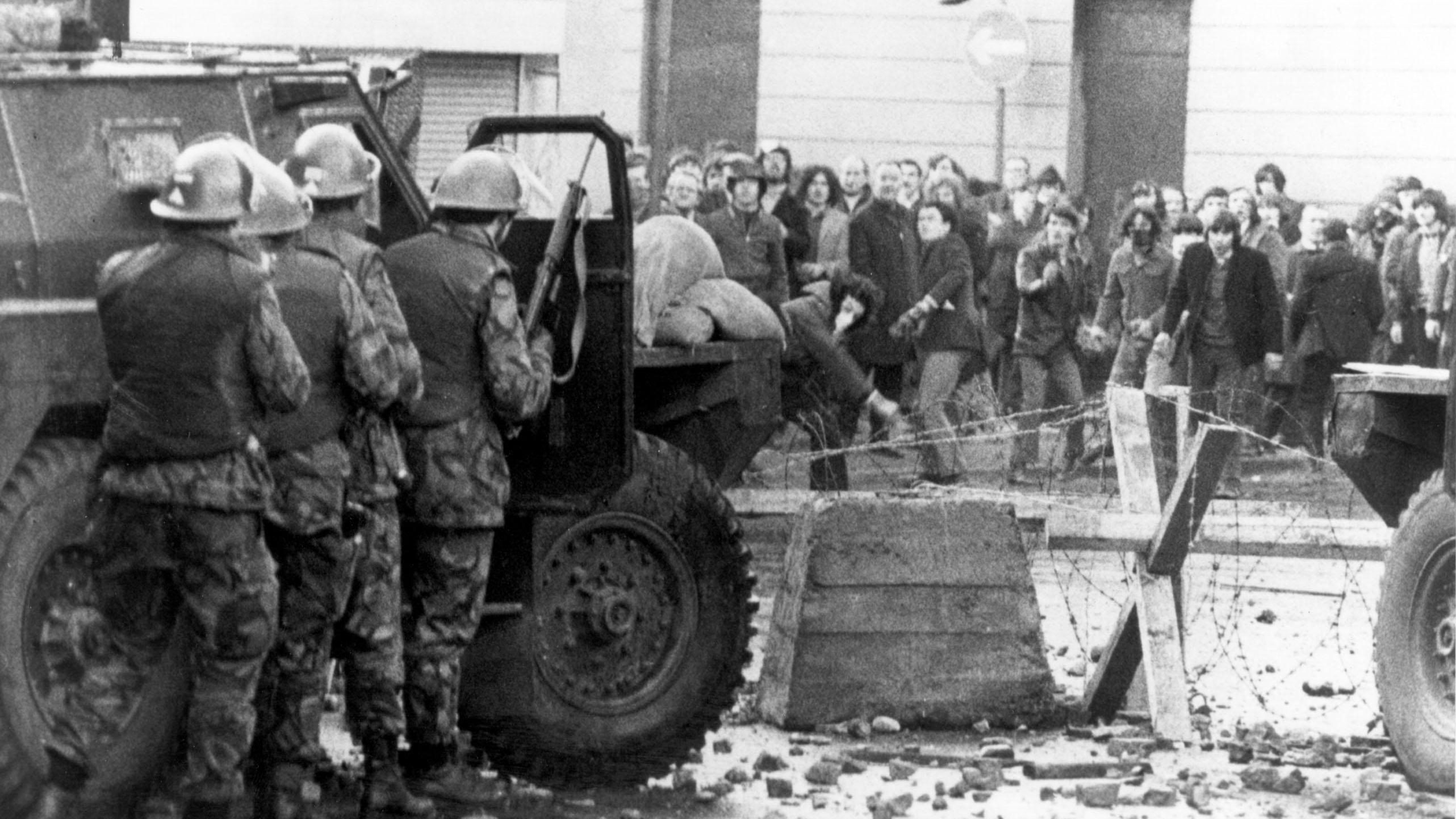
29 January 1998
Prime Minister Tony Blair announces an independent judicial inquiry into Bloody Sunday, aimed at resolving the accusations of whitewashing surrounding the earlier inquiry by Lord Widgery.
It is led by the British Law Lord, Lord Saville of Newdigate, in a three-judge panel.
15 June 2010
The Saville inquiry – the longest inquiry in British legal history – takes 12 years to produce, at a cost of £195m.
It concludes that "none of the casualties was posing a threat of causing death or serious injury or indeed was doing anything else that could on any view justify their shooting".
"Soldiers reacted by losing their self-control and firing themselves, forgetting or ignoring their instructions and training and failing to satisfy themselves that they had identified targets posing a threat of causing death or serious injury," it said.
Prime Minister David Cameron issues a formal state apology.
"What happened on Bloody Sunday was both unjustified and unjustifiable. It was wrong," he said.
Relatives cheer as they watch the statement, relayed to screens outside the Guildhall in Derry.
14 March 2019
Cases against the other 17 soldiers are dropped, and thePublic Prosecution Service (PPS) for Northern Ireland make a decision to charge Soldier F alone for the murder of James Wray and William McKinney, two of the 13 victims of Bloody Sunday.
He is also charged with the attempted murders of Patrick O'Donnell, Joseph Friel, Joe Mahon, Michael Quinn and a fifth person unknown.
18 September 2019
Criminal proceedings begin against Soldier F, whose anonymity is protected by a court order. He denied all the charges against him.
2 July 2021
The PPS drop the case after the collapse of the trial of two other veterans who had been accused of a 1972 murder in Belfast.
23 March 2022
The High Court in Belfast quash the decision made by the PPS to discontinue the case against Soldier F.
It marked a significant victory for Mickey McKinney, whose brother was among those shot and killed, as he successfully challenged the decision by the PPS.
15 September 2025
The Soldier F trial gets underway at Belfast Crown Court.
It is a Diplock trial, a non-jury trial for specific serious crimes known as scheduled offences. It was introduced in Northern Ireland in 1973.
Soldier F is present in the courtroom, but is cloaked by a long curtain to preserve his anonymity.
16 October 2025
Judge Patrick Lynch dismisses a no-case-to-answer application by the defence on the basis of unreliable evidence being relied on by the prosecution.
Delivering his ruling at the start of the day's hearing, he said the statements of former paratroopers Soldiers G and H would be admitted.
"I decline to direct a verdict of not guilty on this basis," he said, before inviting the defence to open its case.
But Mark Mulholland, for the defence, said he would not be calling Soldier F to give evidence.
23 October 2025
Soldier F is found not guilty at Belfast Crown Court of committing two murders and five attempted murders on Bloody Sunday in Londonderry in 1972.

